hokkaido, japanese food
Ishikari Nabe: Hokkaido’s Must-try Salmon Hotpot
Linh Le
Posted on November 16, 2021
Share:
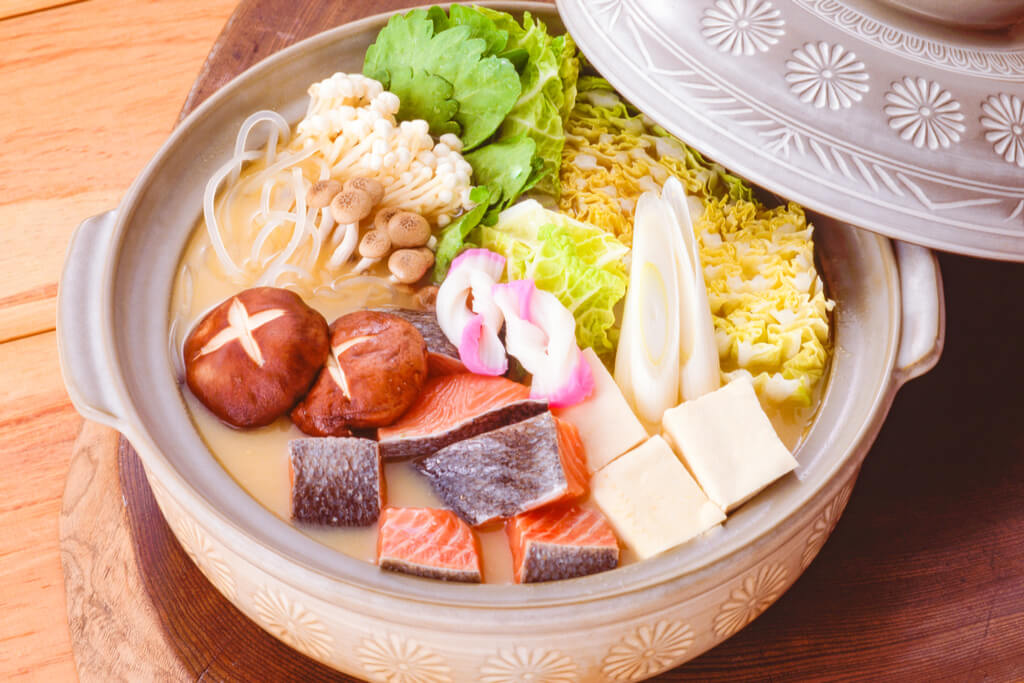
Another year is about to end, and we know that it is the season for cozy family gatherings, warm clothes, and heart-warming food – for sure! Nabe, or hotpot, is definitely a must-try dish that is undoubtedly delicious yet easy to make at home for a cold evening. Ishikari nabe in particular is sure to warm your heart.
Let us take you to the coldest, northernmost area of Japan and learn how to make Ishikari Nabe – a famous local specialty of Hokkaido prefecture.
The Iconic Seafood Hotpot From Hokkaido
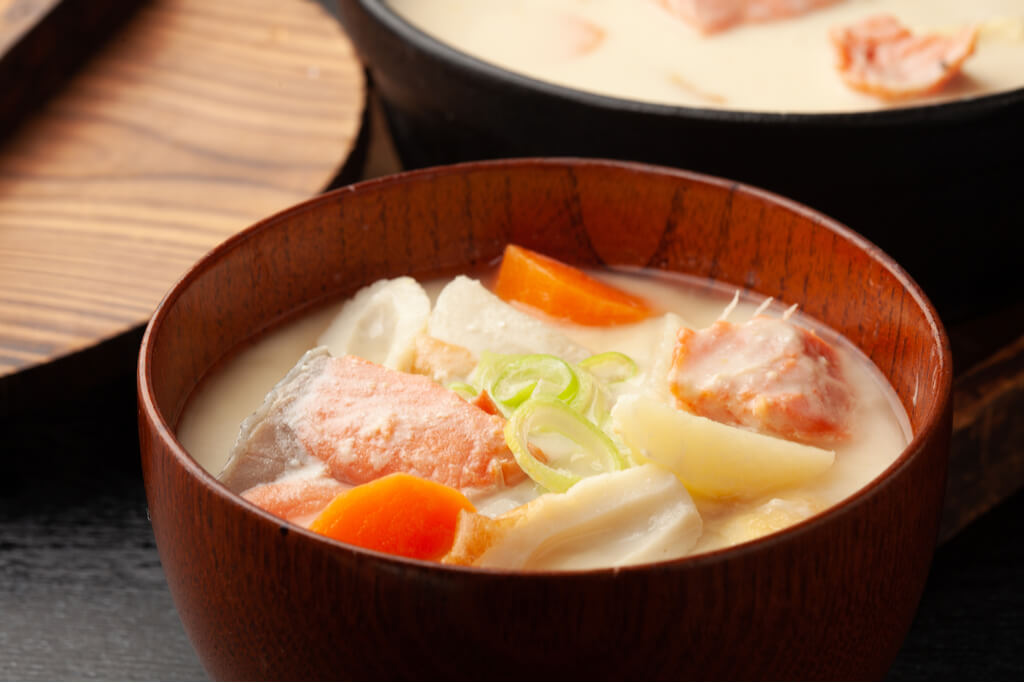
Ishikari Nabe is a hotpot of which the broth is made from kombu (an edible kelp) and miso (a Japanese fermented soybean seasoning). It is served together with salmon as the main ingredient and contains lots of other ingredients, such as trout, onions, cabbage, carrots, potatoes, shiitake mushrooms, tofu, and more!
It was originally a dish for fishermen in a town well-known for salmon fishing in Hokkaido called Ishikari – located near the Ishikari river. Ishikari Nabe was said to have been first introduced in a Japanese restaurant near Ishikari Bay in 1880 and started to gain popularity around the 1950s thanks to tourists who came to witness salmon fishing in Ishikari city and were served Ishikari nabe.
Nowadays Ishikari Nabe has gone beyond Hokkaido to be loved by people all over Japan as well as foreigner tourists. However, if you can’t make it out to Hokkaido, then just try making it at home. If you have a nabe pot and access to a supermarket, you can enjoy this dish at home.
Looking for an authentic experience of Japanese food in the comfort of your home to enjoy during the holiday season? Sakuraco delivers traditional Japanese sweets and snacks from across Japan to your door every month.
Recipe For a Delicious Home-made Ishikari Nabe
Ingredients:
- Raw salmon fillets
- Potatoes
- Onions
- Cabbage
- Shiitake mushrooms
- Maitake mushrooms (also known as enoki or shimeji mushrooms)
- Tofu
For the broth (2 serving)
- 600 ml of water
- 3 tablespoon miso
- 10g dried kombu seaweed (kelp)
- 2 tablespoons of sake (Japanese rice wine)
- Butter (optional) (butter made from Hokkaido dairy is best)

How to make Ishikari Nabe:
- Cut the salmon fillets into bite-size pieces, sprinkle salt on both sides, and lightly rub it. Leave the salmon to sit for about 15 minutes to let the seasoning absorb in and then pour hot water over the salmon to get rid of the smell. Rinse the fillets with water and wrap with a paper towel to remove the moisture.
- Cut all of your vegetables of your choice into bite-size pieces.
- Arrange the vegetables, except for the potatoes, into a clay pot (your nabe pot) beforehand.
For the broth:
- Soak the kombu seaweed in water for about 30 minutes. This will create a kind of dashi (Japanese soup base) stock.
- Pour the kombu and dashi stock into a separate pot together with the potatoes. Heat the pot at low heat for about 10 minutes to slowly bring out the flavor of the kombu. After that, turn the heat up and bring it to a boil.
- Place the salmon into the pot and pour in the sake. Bring to a boil again and remove the foam. Simmer the broth for about 5 more minutes.
- Next, dissolve the miso into the broth by using a strainer.
- As the broth is ready, place the salmon and potatoes into the clay pot with the vegetables and pour in the broth.
- Heat the pot at medium heat and wait for vegetables to be cooked. Top with butter.
- Last, enjoy!
Tips to Make the Most of Your Nabe
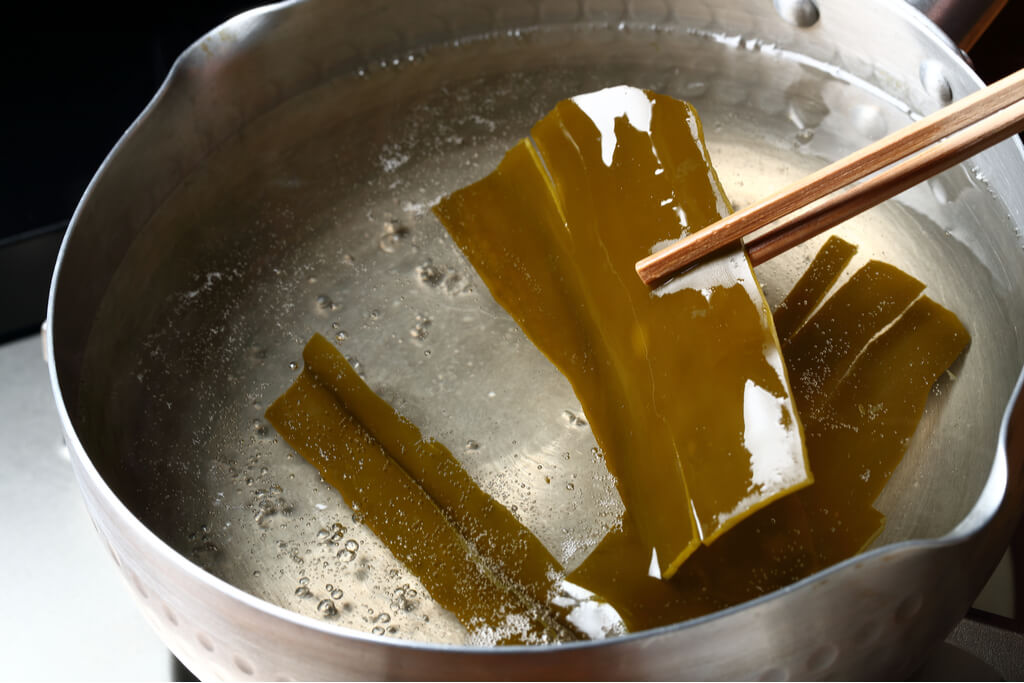
If you can’t find dried kombu seaweed, 1 tablespoon of granulated soup stock can be used instead. However, dashi stock from the dried kombu will bring out a much more authentic flavor.
There are many variations to the ingredients of Ishikari Nabe. Like other hotpots, any of your favorite vegetables can be included as long as there is salmon and broth made with miso.
Many Japanese people don’t believe in wasting food, so after eating up all the vegetables and salmon in the pot, the leftover miso broth can be used to make zosui (Japanese rice soup). By simply adding bowls of cooked rice to the broth, pouring in beaten eggs when the soup boils, and lastly, sprinkling it with chopped shallots, another tasty Japanese dish is ready to be served.
This miso-based nabe is not just delicious but also healthy. Enjoying dishes with plenty of vegetables and food enriched in nutrients, like salmon, on a daily basis is of the utmost importance. There is nothing better than sharing a healthy pot of nabe with your family or loved ones on a cold winter day. This mouth-watering hotpot from local Hokkaido will not fail to warm both the body and soul while also doing wonders for our health.
Have you tried to make this renowned Hokkaido’s cuisine at home or had the chance to taste Ishikari Nabe in a local restaurant during your visit to Hokkaido? Let us know in the comments if you love this Japanese dish as we do!
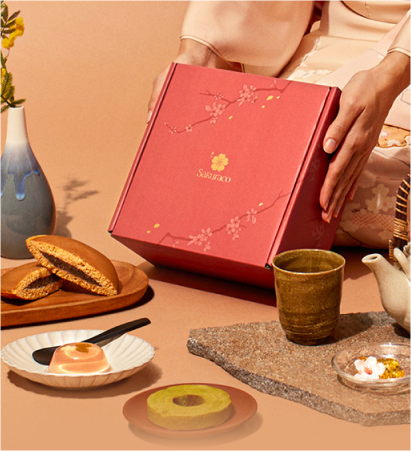
Discover authentic flavors with Sakuraco
Get Sakuraco 

Discover authentic flavors with Sakuraco
Get Sakuraco 
Related Articles

Steam Train in Shizuoka: Riding the Oigawa Railway
For travelers who love history, beautiful views, and cozy retro vibes, this steam train is one of Shizuoka’s most charming treasures, with some of the best views. If you want to know more about this train, keep reading below!

Nara Japan: The Amazing Legend of the Sacred Dragon
In Japanese culture, dragons are spiritual beings that represent strength, prosperity, and a harmonious balance with the natural forces. Nara, Japan, has a unique story associated with sacred ponds and revered shrines throughout the region.
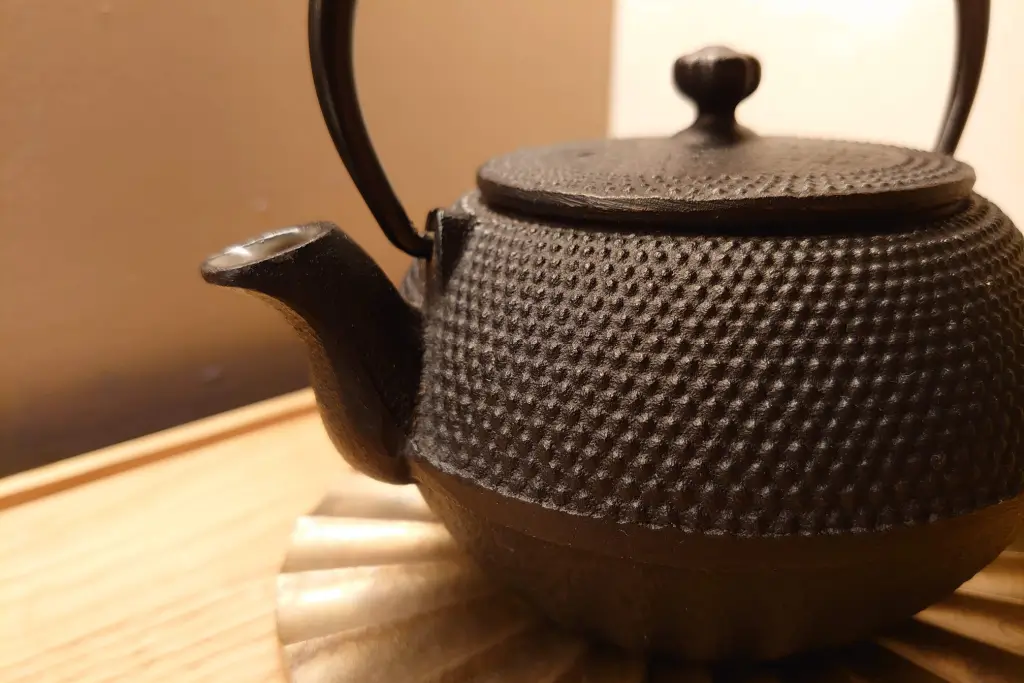
Nambu Tekki: Morioka’s Amazing Iron Craft
In the historic city of Morioka, Iwate Prefecture, a craft with over 400 years of history continues to captivate with its rustic beauty and practical charm. Nambu tekki, or Nambu cast iron, refers to traditional ironware, such as teapots, kettles, and decorative pieces, that embody the spirit of Tohoku craftsmanship.

Ebisu: The Cheerful Guardian of Luck and Prosperity
Religion in Japan involves a dizzying array of spirits and beings. These gods are inspired by ancient tales and used to symbolize nature’s bounty. However, they also profoundly impact daily life and are often sought out for help in challenging times



